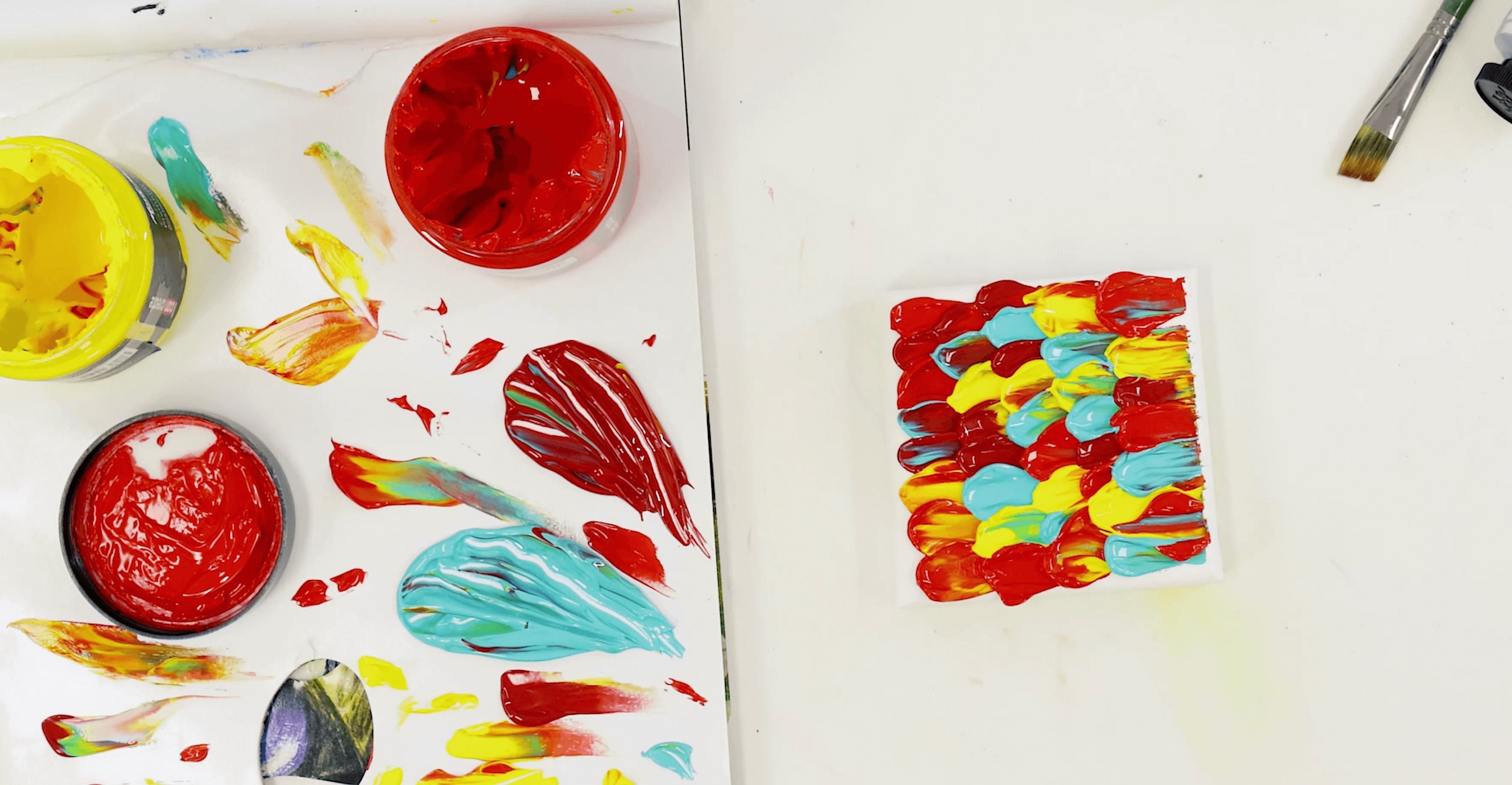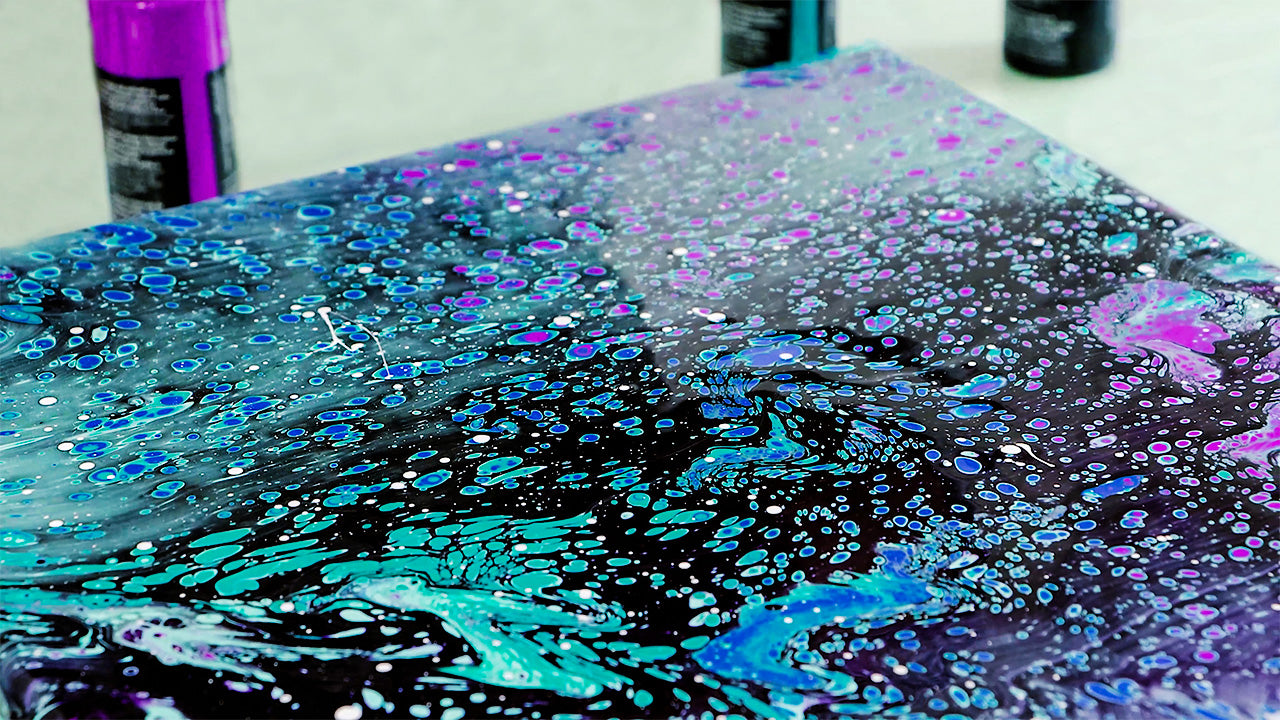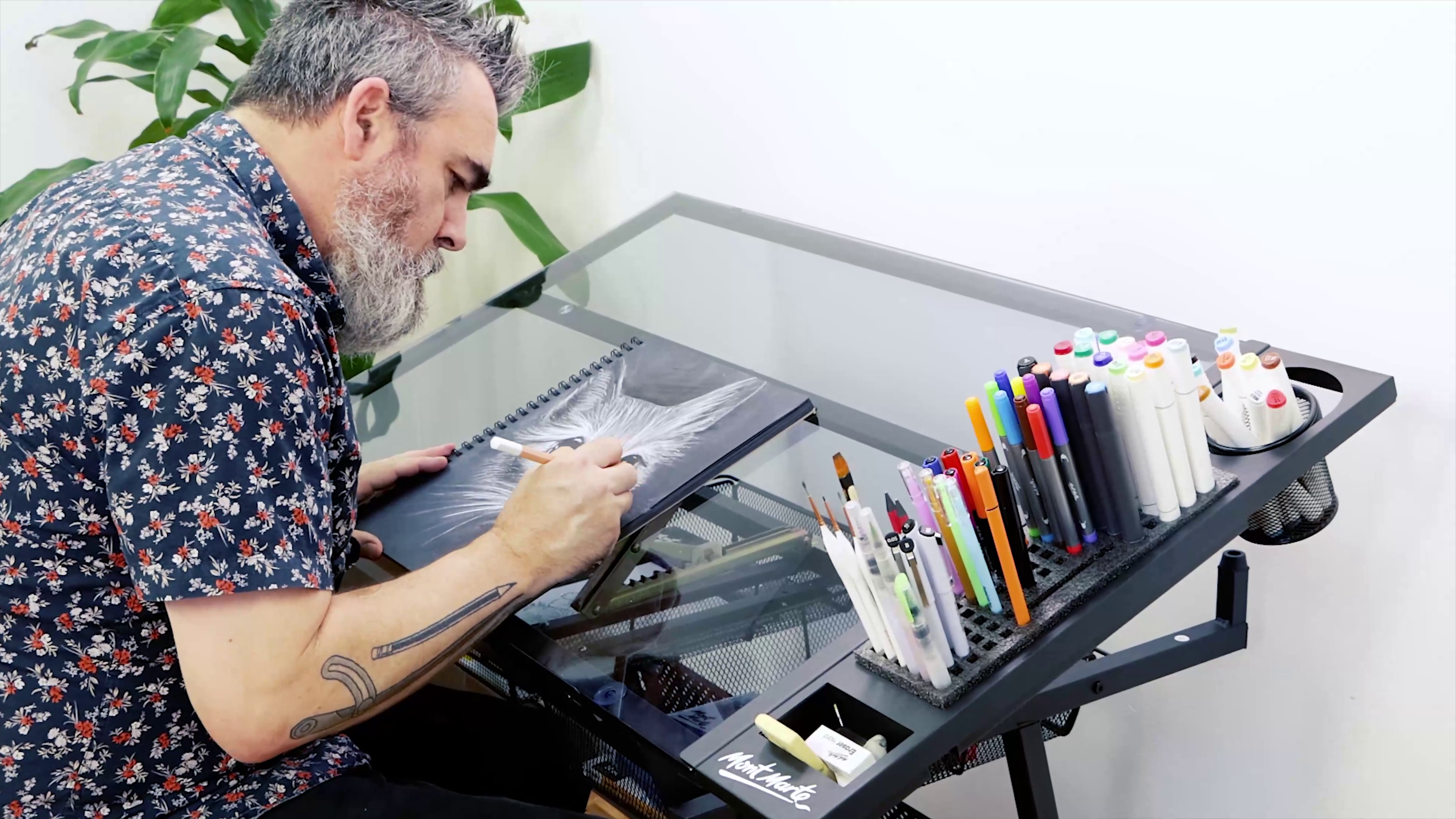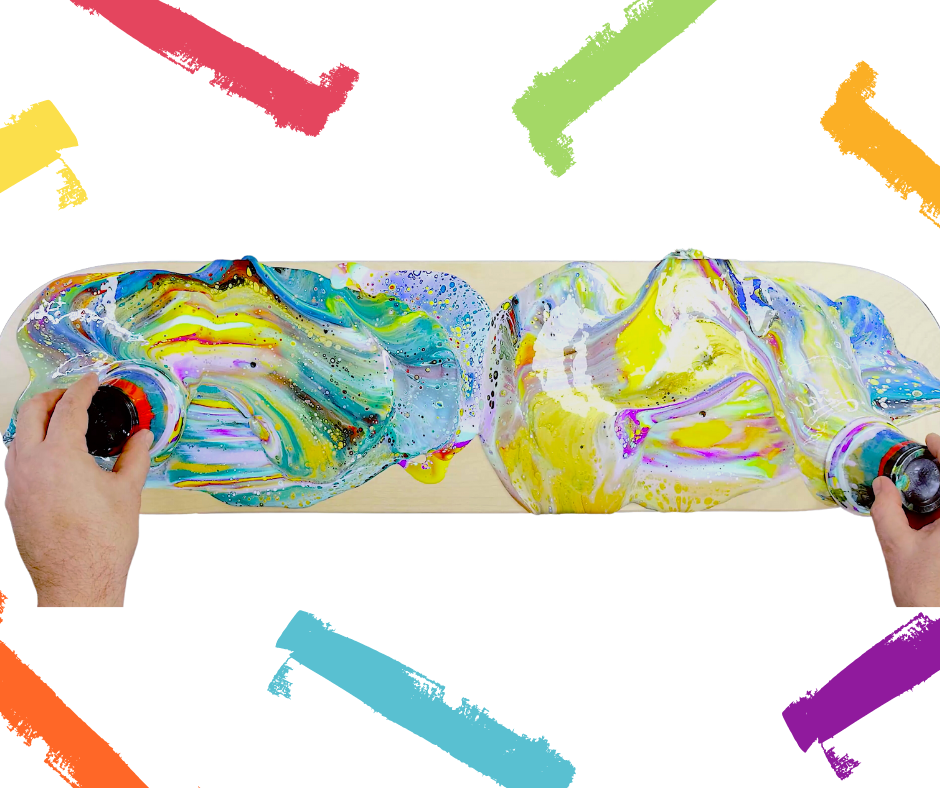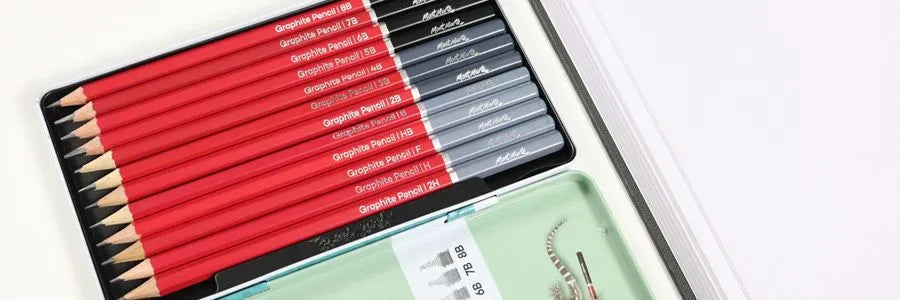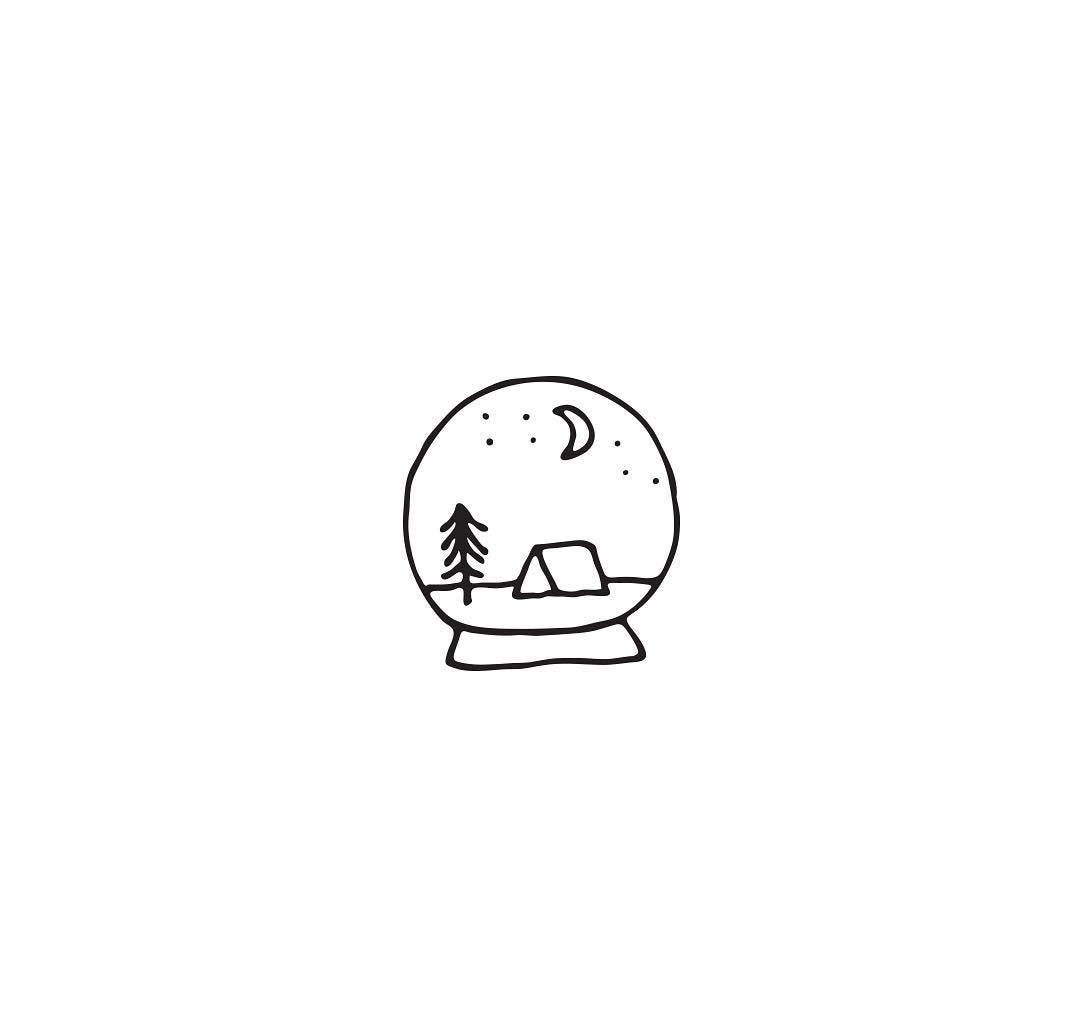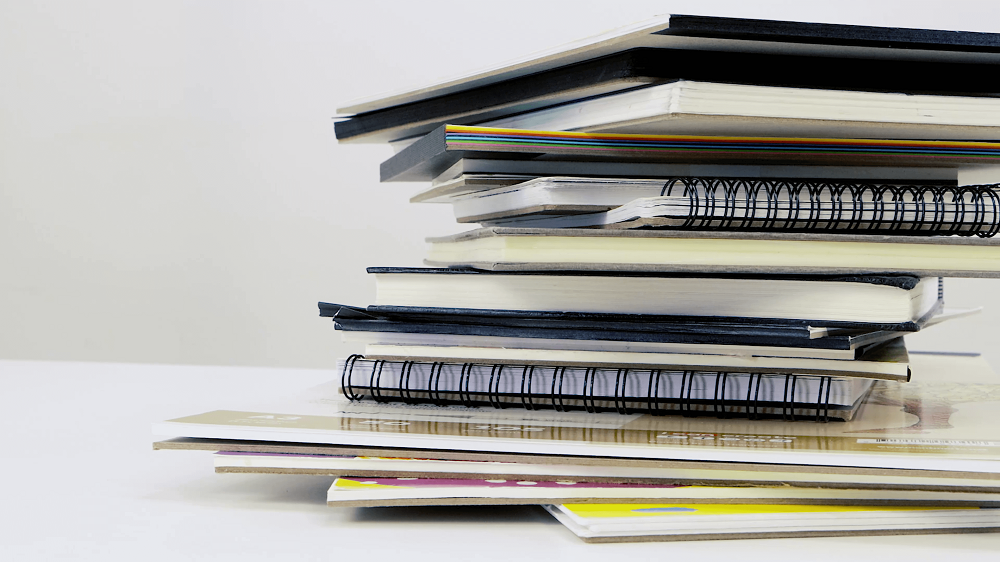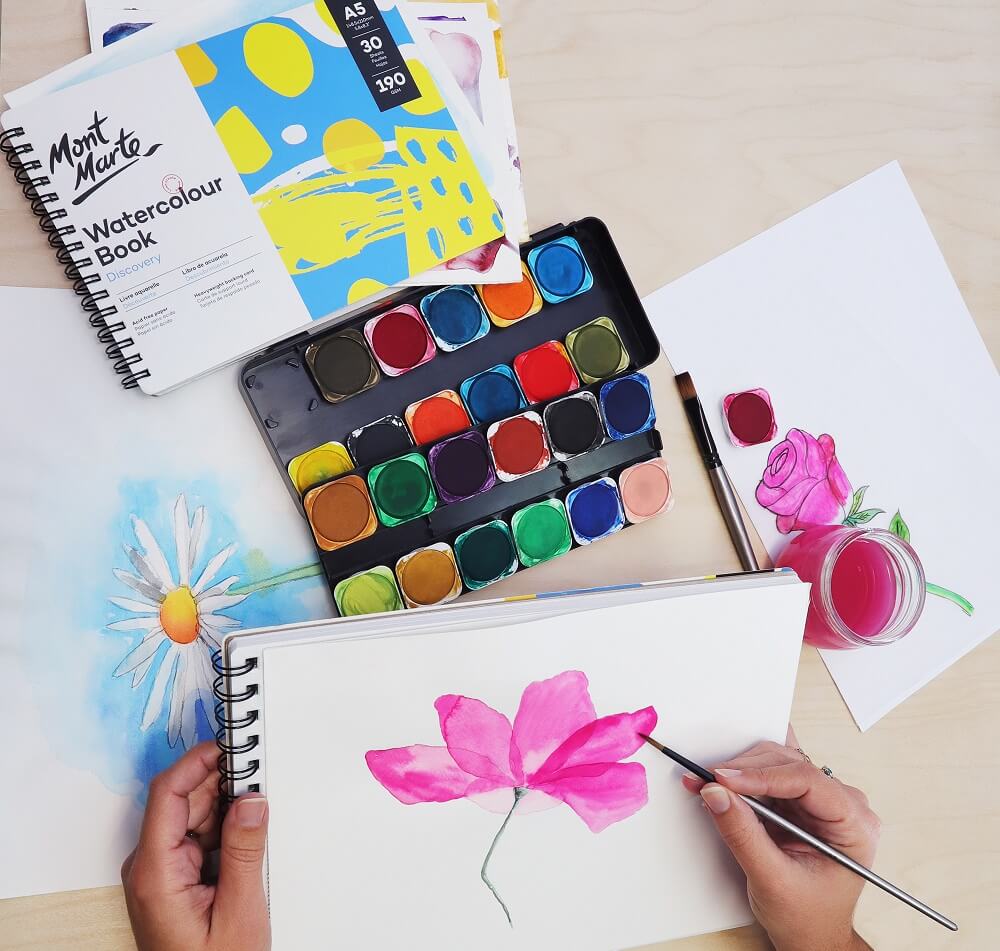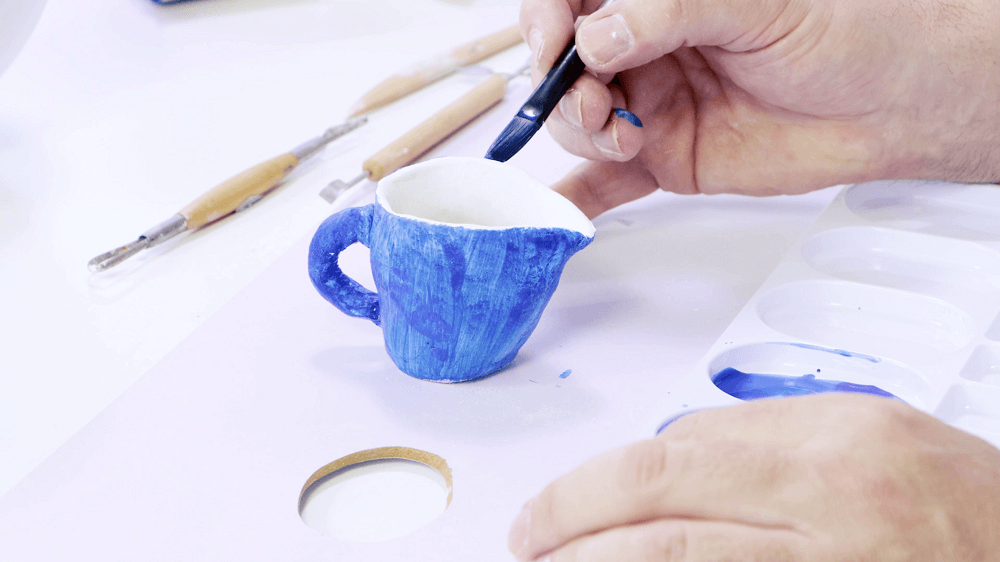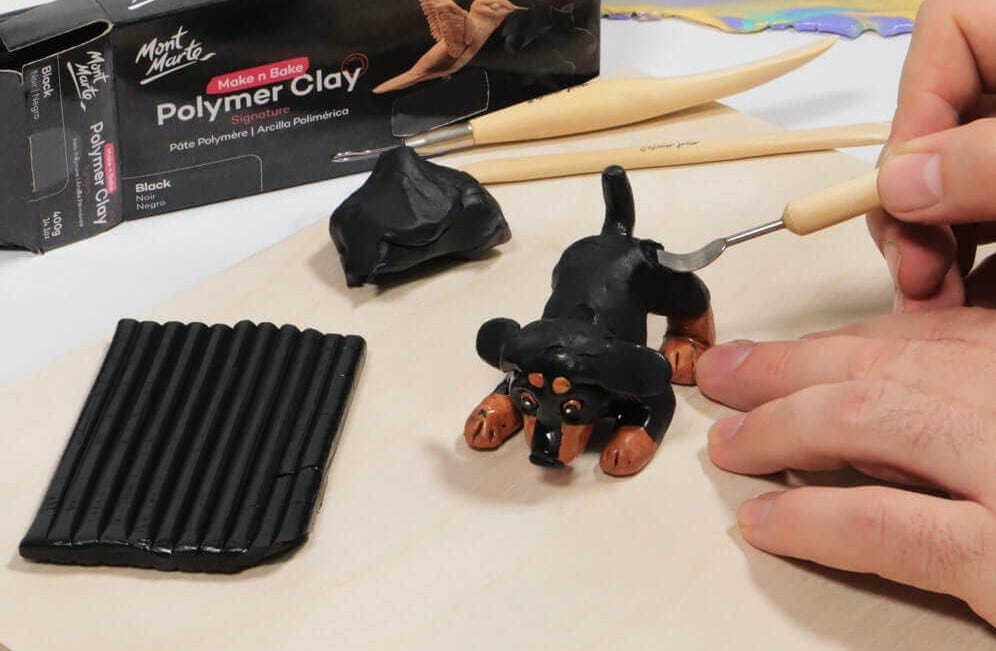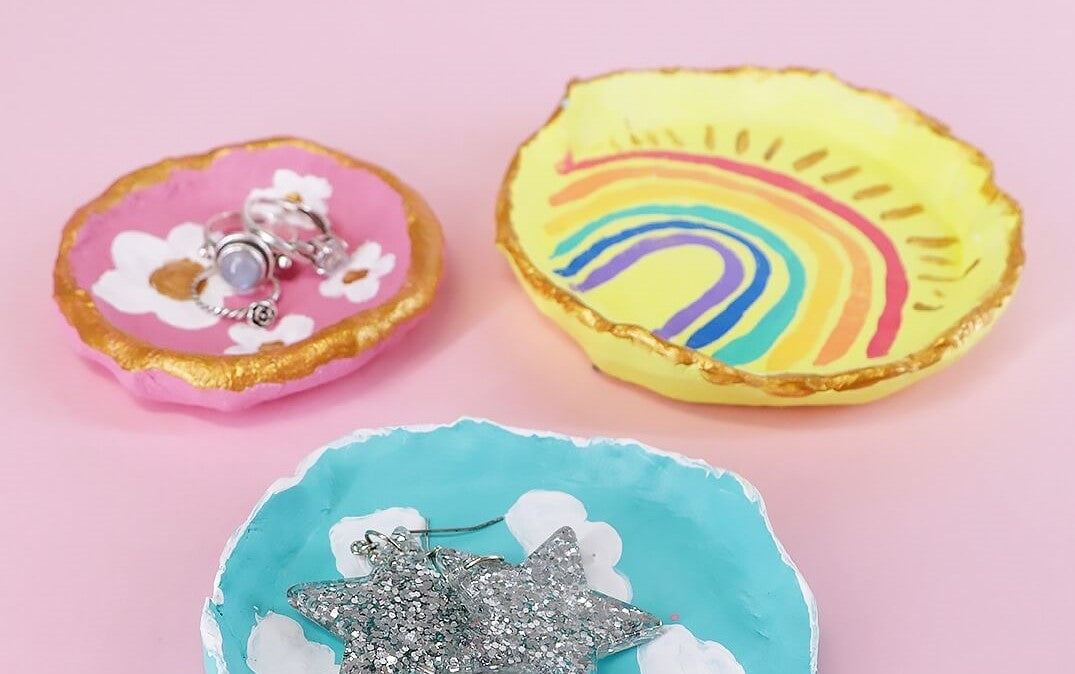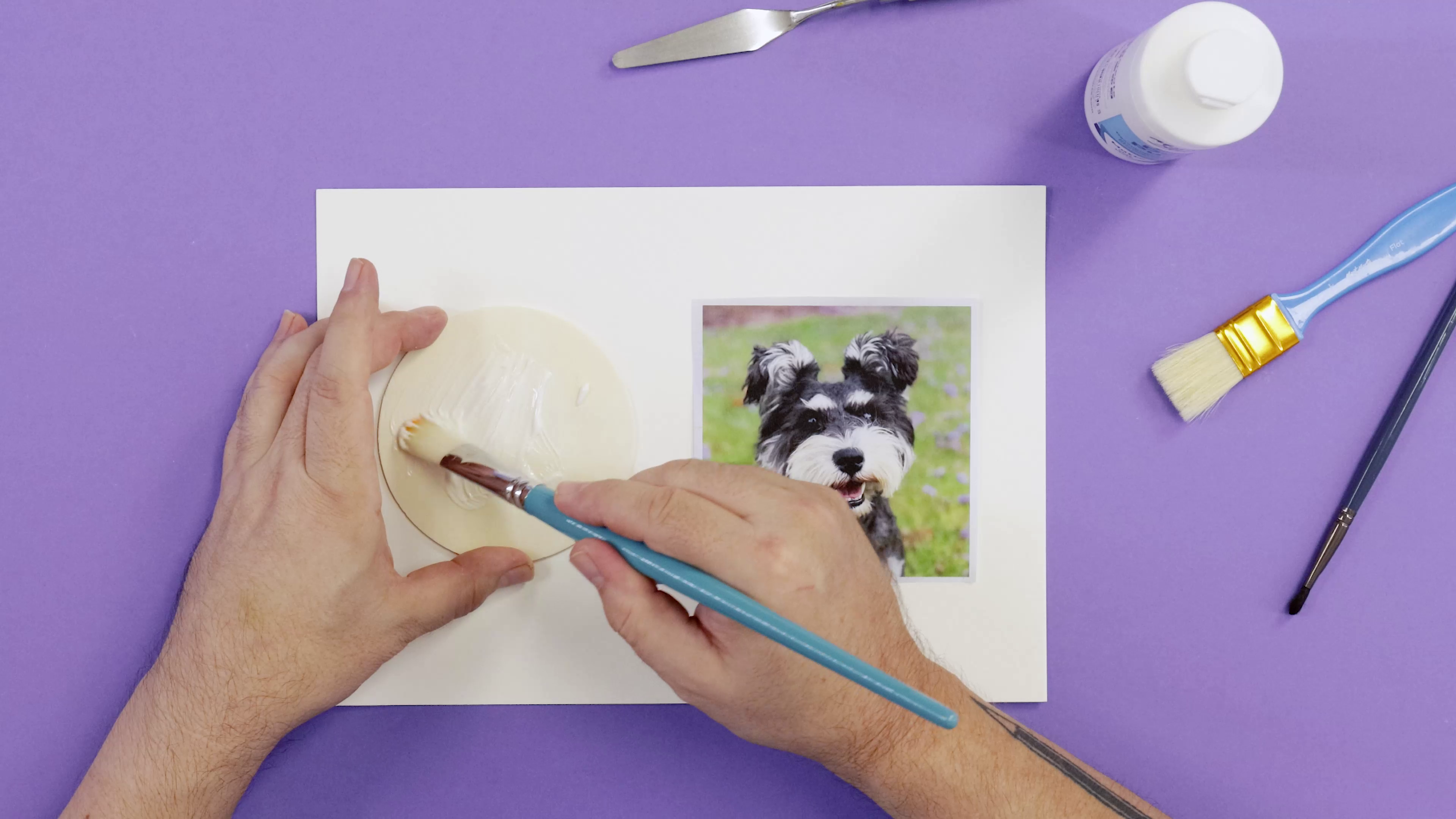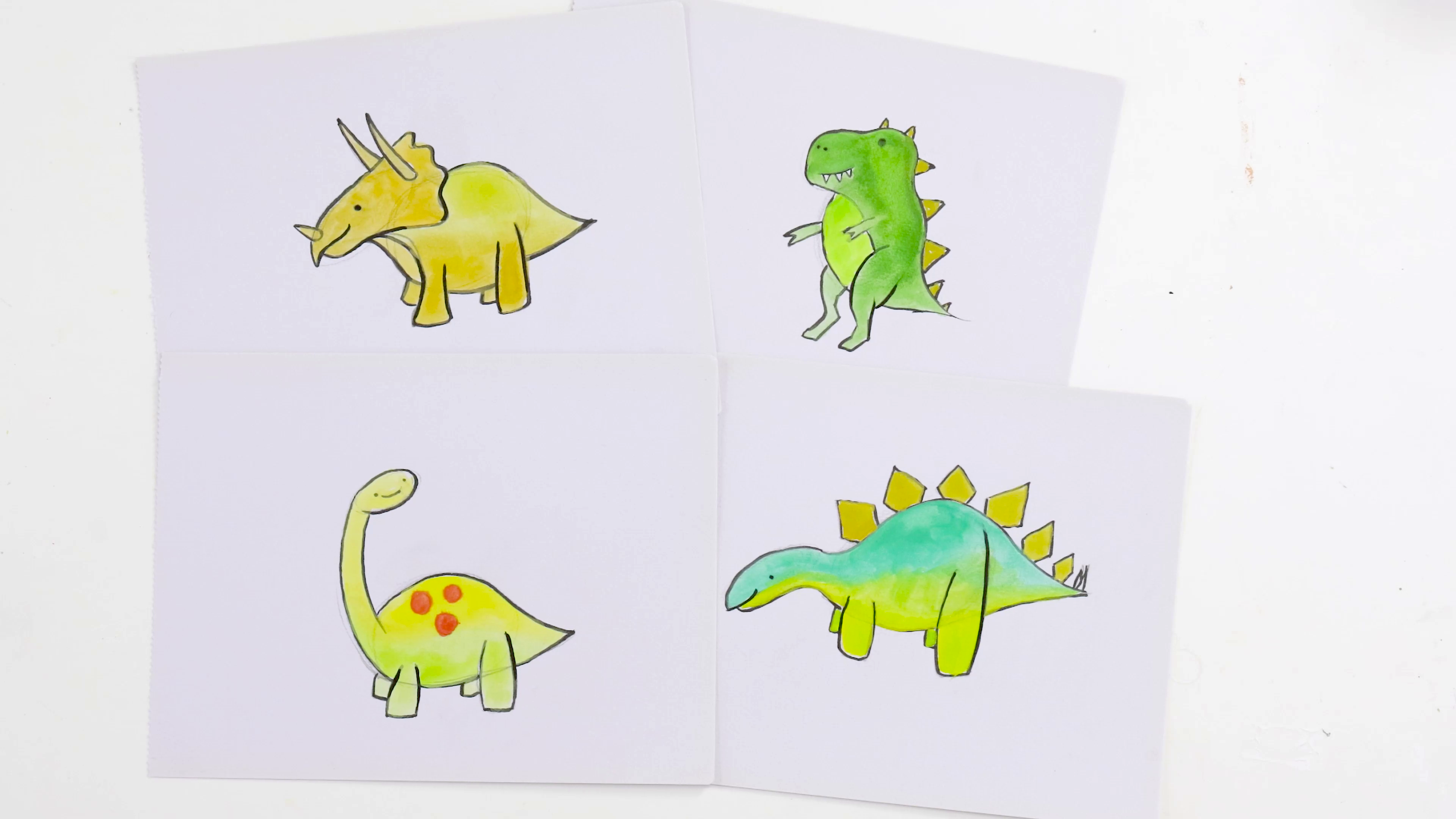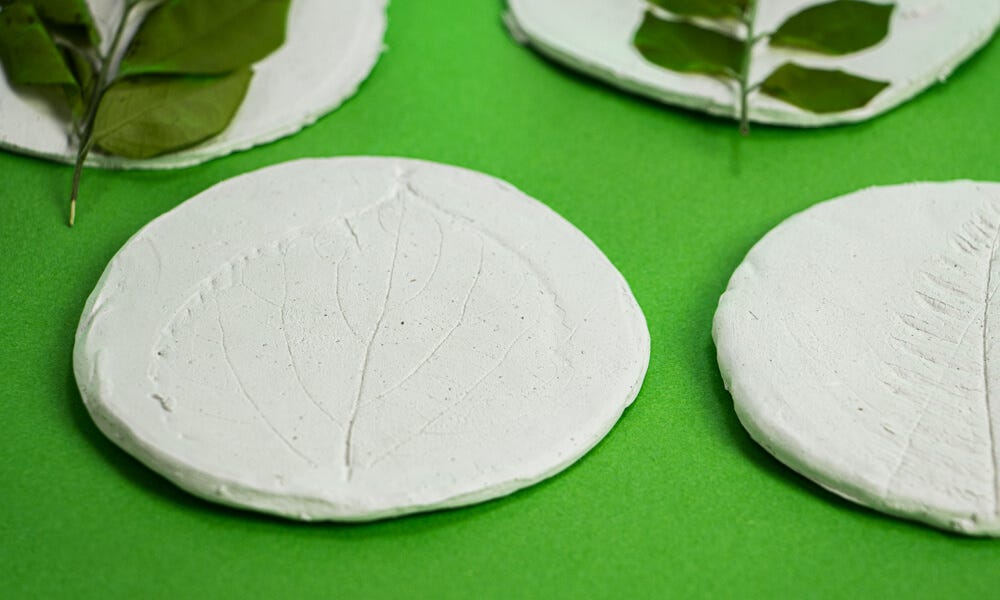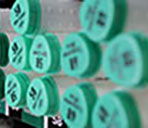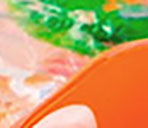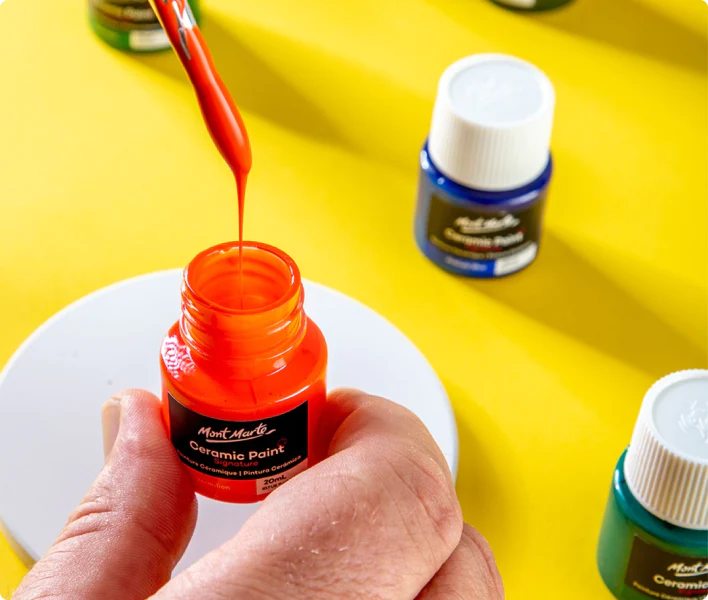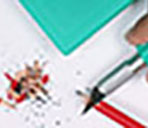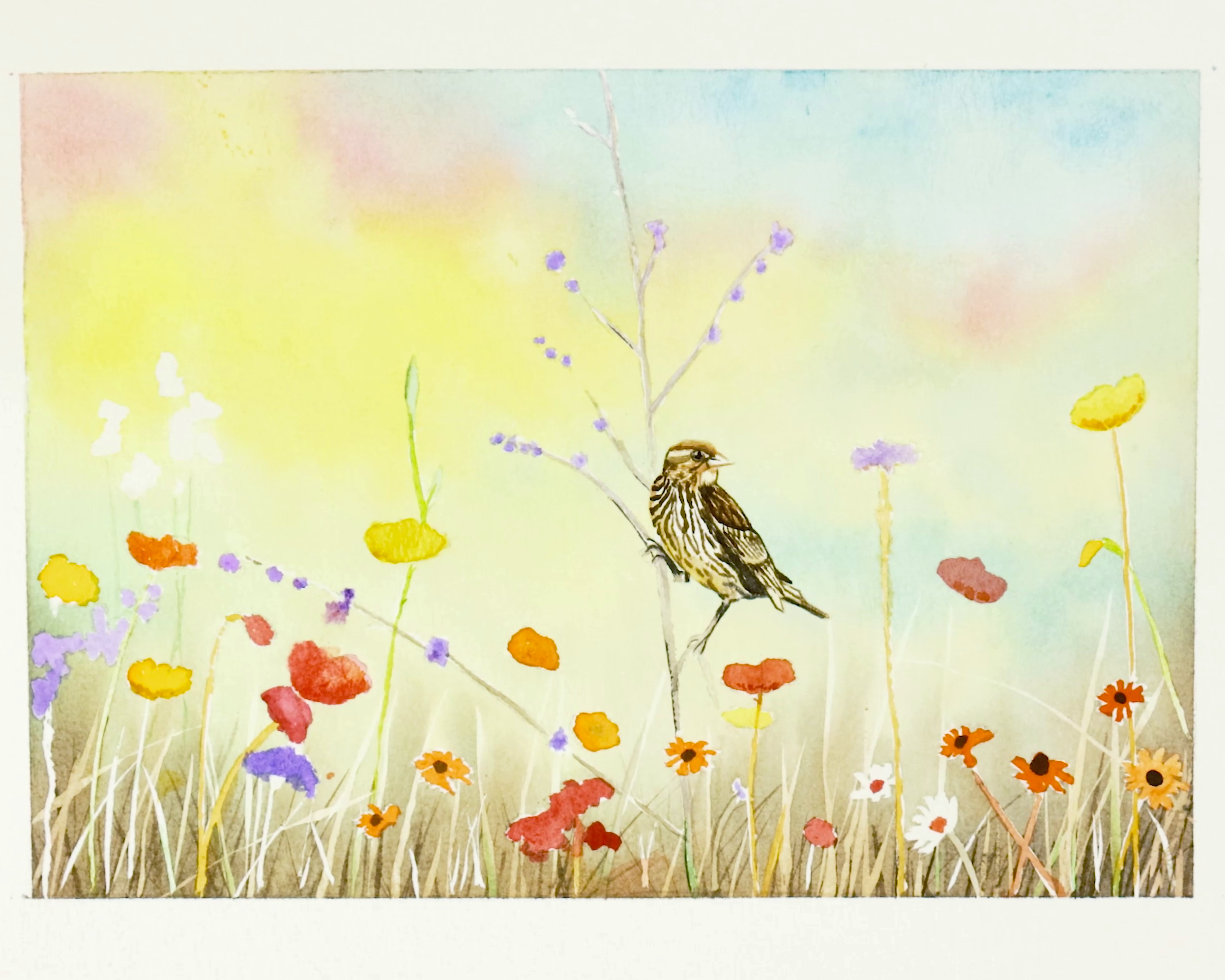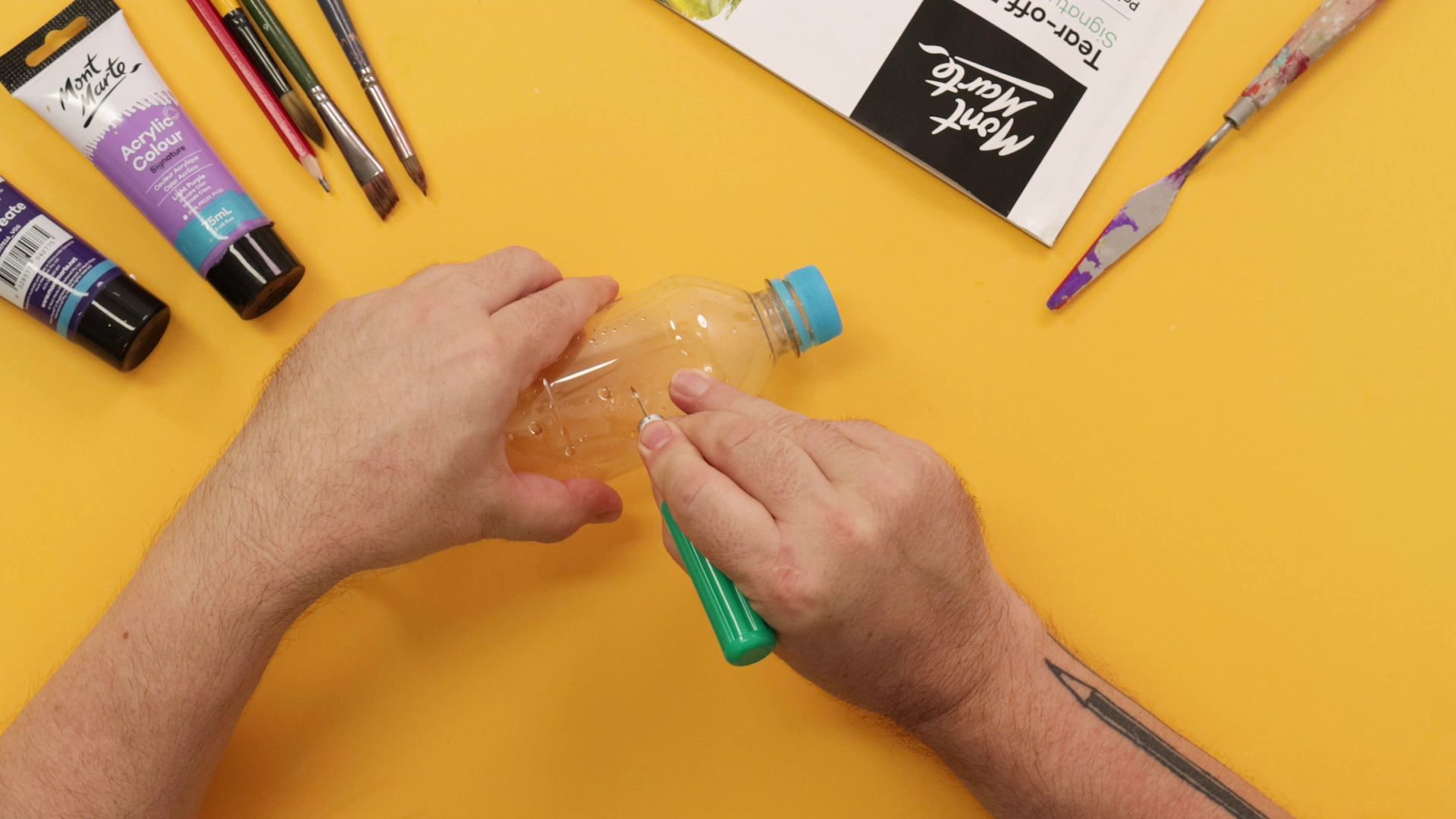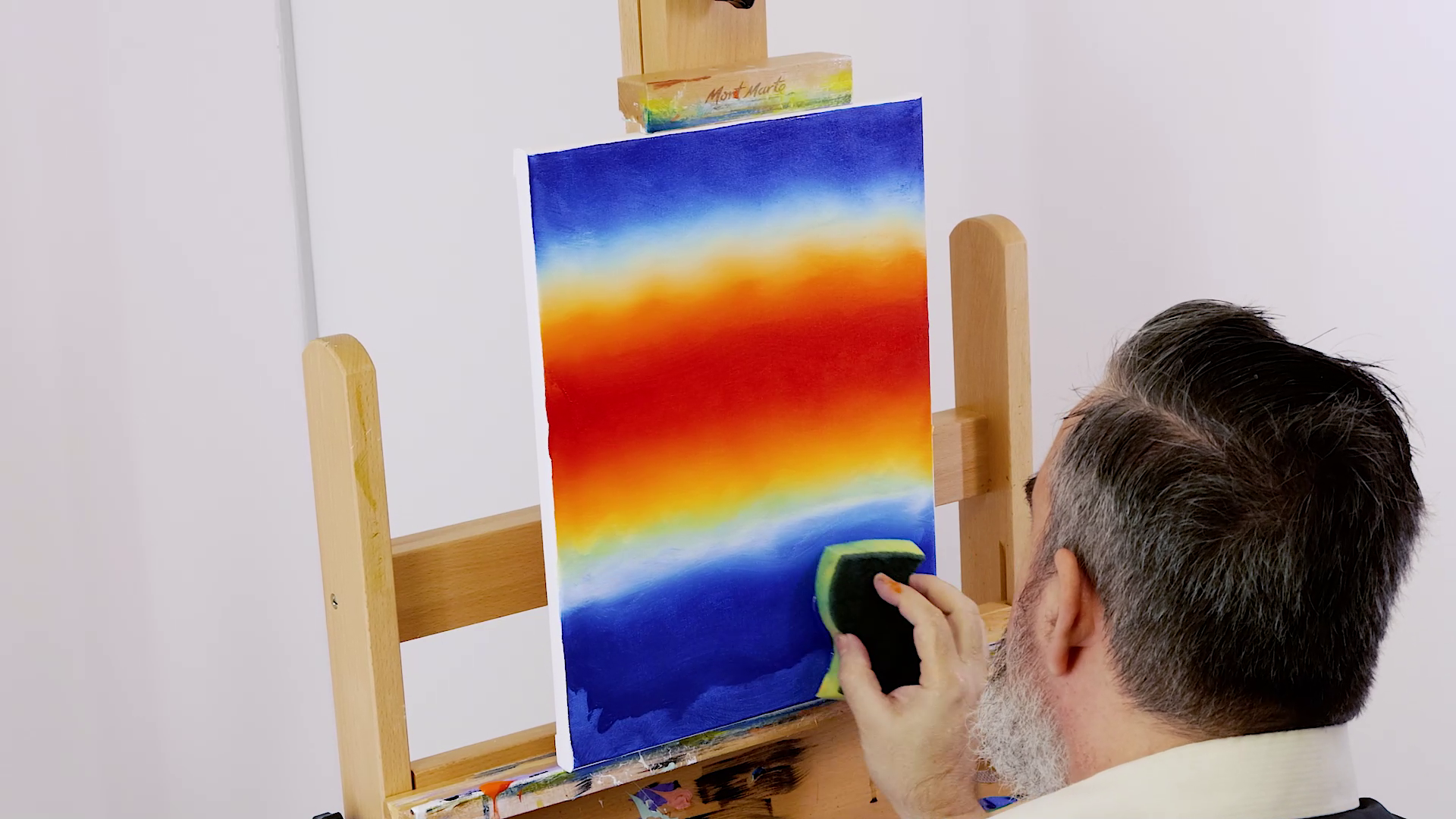When it comes to painting, the background often plays a pretty big part in setting the scene and bringing together the overall composition. Whether you're painting landscapes, portraits, or still life, mastering the art of the background can take your creations to the next level. If you're just starting out on your artistic journey, don’t worry! Here are some simple yet effective tips to help you paint a captivating background for your next project.
1. Simple background painting

As a beginner, it's tempting to dive straight into intricate details and complex scenes. However, starting with a simple background can help you focus on mastering basic techniques without feeling overwhelmed. Begin by using a limited colour palette and a minimalistic approach to create a backdrop that complements your main subject without stealing the spotlight. This may be as simple as a gradient background, or a solid colour with one or two elements.
2. Painting perspective

Perspective is key to creating a sense of depth and realism in your background. Try using techniques such as atmospheric perspective, where objects appear lighter and less detailed as they recede into the distance. Look into one, two, and three-point perspective (we have a tutorial on each) so you get familiar with how to create depth in different settings. Experiment with overlapping shapes and varying sizes to create the illusion of space and depth in your background, painting a visual journey for viewers.
3. Painting reference photo

Reference images are useful tools for artists of all skill levels (yes, even the pros!). Whether you're painting from life, a picture, or your imagination, studying reference images gives you helpful insight into capturing lighting, balancing composition, and recreating realistic colours. Look for photographs or paintings that inspire you and use them as a guide to create your background. Remember, there's no shame in using references – even the masters relied on them!
4. Movement and texture in art

Texture can add interest and depth to your background, making it more engaging to look at. You can create physical and visual texture – that is, texture you can physically feel vs. texture that’s painted to look tactile (but isn’t). Try experimenting with different painting techniques, such as dry brushing, stippling, or sponging to create interesting visual textures and patterns. Explore Modelling Paste, Impasto, Crackle Paste, and Sand Texture Medium to make different physical texture effects. You can also use unconventional tools like Palette Knives, Texture Combs, or household utensils to add a unique dimension to your background.
5. Painting highlights and shadows

Lighting plays a big role in creating the mood and temperature for your artwork. Consider the direction, source, and intensity of light in your reference scene, and how it interacts with the objects in your background. Use highlights and shadows to create depth and dimension, paying attention to how light affects the colours and shapes in your background. A bright painting with little contrast will evoke a different feeling than a shadowy one. What kind of vibe do you want to create?
6. Negative space

Negative space happens when you leave areas of your canvas untouched or unpainted. Don't underestimate the power of negative space – it can be used to draw attention to your main subject or create a sense of balance and harmony in your artwork. It’s also a great tool for creating strong highlights and depth, so think ahead before you cover it all up with your background painting! Experiment with leaving areas of the background blank or using subtle washes of colour to create interesting negative space effects.
7. Art balance

Though it's important to add detail and interest to your background, it's just as important to keep it unified and balanced. Avoid introducing too many bold elements or distracting patterns that may draw the eye from your main subject. Instead, aim for harmony and balance by using a consistent colour scheme and temperature, or try repeating shapes or motifs throughout your background to create consistency.
8. Mixed media background

For those wanting to add depth and complexity to their backgrounds, exploring mixed media techniques can open up a world of possibilities! Experiment by combining different mediums such as acrylics, watercolours, pastels, and collage to create rich, layered backgrounds. Trial and error are your bestie – just go wild on some scrap paper and see what you come up with!
Incorporate texture pastes, found objects, or even printed elements to add an extra dimension to your artwork. Cut and paste images from your fave photo album or magazine to add some modern flair. Mixed media allows you to push the boundaries of traditional painting and create unique and expressive backgrounds that tell a story all their own.
Hopefully you feel ready to conquer background painting (we believe in you!). By following these simple yet effective tips and giving yourself the freedom to experiment and grow, you'll be knocking together stunning backgrounds in no time!
Why not grab some new supplies to kick off your exploration, like Sand Texture Medium, Modelling Paste, and some Acrylic Paints? If you do paint a background, let us know by tagging us on Instagram or Facebook @montmarteart or use #montmarteart to show us what you come up with.
To stay up-to-date with the latest projects, inspo, tips, and tricks, join our Creative Connection community by signing up down below.


